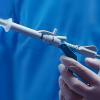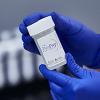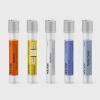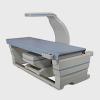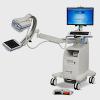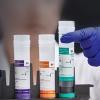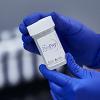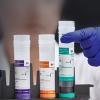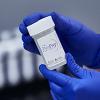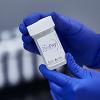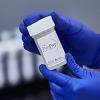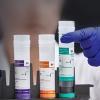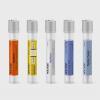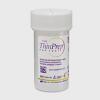ToSyMa Study Results, a 3D Future for Breast Cancer Screening
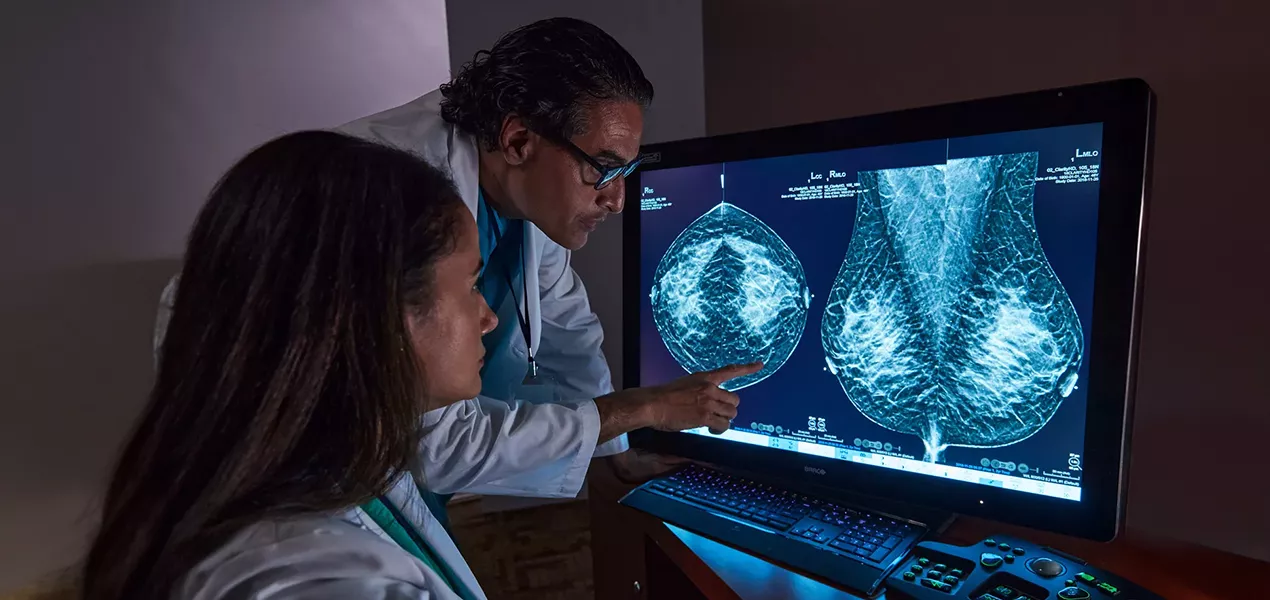
Information Exclusively Intended for Healthcare Professionals
Breast screening is a crucial and effective tool to detect malignancies in the breast, with early diagnosis potentially meaning faster and more successful treatment for breast cancer.1 As such, research into innovative technological advances in the field, like digital breast tomosynthesis (DBT), otherwise known as 3D mammography, is essential to improving breast cancer outcomes.
Robust data from prospective nationwide screening trials like ToSyMa, published in The Lancet Oncology Journal, are important in determining the potential of innovative imaging solutions to better diagnose and subsequently treat women with breast cancer. DBT is an advanced and more detailed imaging technique that can look at layers of the breast in a 3D image, as opposed to digital mammography (DM).
Get an overview of the data from the ToSyMa trial.
The overarching issue identified in an isolated DM approach is that overlapping breast tissue can conceal a malignancy, leading to delayed diagnosis and missed opportunity for early treatment. This is particularly critical when it comes to women with denser breasts, where a DM mammogram can struggle to identify a tumour disguised within dense breast tissue.2
DM has historically been the gold standard when it comes to screening protocols. However, a recent update to the guidelines recommended either DM or DBT be used in the context of an organised screening programme for asymptomatic women at ages 50-69 with an average risk of breast cancer, which is encouraging to see. It is not recommended for DBT to be used in conjunction with digital mammography, as this would mean doubling the radiation exposure.3
ToSyMa Adding to the Growing Evidence and Potential of DBT in Breast Cancer Screening
The ToSyMa trial conducted in Germany, with almost 100,000 women, is the largest prospective randomised controlled superiority trial (RCT) carried out to-date in a multi-centre and multi-vendor setting, comparing DBT plus synthesised 2D (s2D) mammography to DM alone. TOSYMA-1 was a 30-month, large population-wide screening study funded by the German Research Foundation.4
The ToSyMa phase 1 findings are highly compelling. DBT plus s2D mammography showed a clinically and statistically significant increase in detection rates for invasive breast cancer in women, as much as 48%, compared to DM alone. Moreover, among those with a size pT1 tumour, the detection rate increased by a notable 70%.4
In addition, the researchers found no marked difference between recall rates between the two groups. However, the PPV1 (positive predictive value of recall) increased by 40% from 12.3% among the DM group to 17.2% in the DBT plus s2D group, indicating that DBT plus s2D provides greater probability of diagnosing a malignant lesion after recall.4
The key data here pose the question of whether DBT should have a more prominent place in screening guidelines than it does currently, particularly for women with denser breasts.
Indeed, a recent sub-analysis of the ToSyMa phase 1 data concluded that there was a significantly higher interval cancer detection rate for women with dense or extremely dense breasts who were screened using DBT plus s2D versus those screened with DM, showing it could provide value in populations where screening had previously relied on a 2D image.5
The follow up, ToSyMa phase 2, will investigate DBT for cumulative incidence of interval cancer rates at 24 months, and an ongoing study in the UK, the PROSPECTS trial, is currently evaluating cost effectiveness.6
Implications for Diagnosis and Treatment of Women with Breast Cancer
If breast cancer is discovered in the early stages through screening programmes, treatment is likely to be quicker and more effective, increasing chances of survival and also potentially minimising the chance of more invasive procedures.1 National breast cancer screening programmes have made notable improvements to cancer detection and survival rates.1 However, guidelines should be transitioned to consider more efficient and effective ways of carrying out screening programmes in breast cancer, whether introducing new technologies or tailoring the guidelines to each woman’s personal risk profile, assessed by several factors including breast density and family history.
As with any new innovative approach, there will be knowledge gaps in understanding the implications of introducing new technology. But it is important that these gaps are filled, and evidence supporting more advanced strategies to improve population-based screening and detection of breast cancer is presented. As national screening programmes continue to evolve, data sets from studies like ToSyMa and the ongoing PROSPECTS study in the UK will be key to further evaluate the effectiveness of DBT as part of national screening programmes and guidelines.
Europa Donna. 2022. Screening and Early Detection. [Internet] Available at: https://www.europadonna.org/breast-cancer/screening-and-early-detection. Last accessed April 2023
Østerås B H, Martinsen A C T, Gullien R et al. Digital Mammography versus Breast Tomosynthesis: Impact of Breast Density on Diagnostic Performance in Population-based Screening. Radiology 2019; 293:60-68
European Commission. Use of tomosynthesis. Available at: https://healthcare-quality.jrc.ec.europa.eu/european-breast-cancer-guidelines/screening-tests. Last accessed April 2023
Heindel W, Weigel S, Gerb J, Hense H, Sommer A, Krischke L et al. Digital breast tomosynthesis plus synthesised mammography versus digital screening mammography for the detection of invasive breast cancer (TOSYMA): a multicentre, open-label, randomised, controlled, superiority trial. The Lancet Oncology. 2022;23(5):601-611
Weigel S, Heindel W, Hans-Werner H et al. Breast Density and Breast Cancer Screening with Digital Breast Tomosynthesis: A TOSYMA Trial Subanalysis. Radiology 2022; 000:01-9
NHS Royal Surrey Hospital [Internet]. About the PROSPECTS Trial. Available at: https://medphys.royalsurrey.nhs.uk/prospects/about-the-prospects-trial/trial-design/. Last accessed April 2023


